Disclaimer: This blog post contains affiliate links. If you make a purchase through these links, I may earn a small commission at no additional cost to you. Learn More. Thank you for supporting our garden community.
The Best Cover Crops for Raised Beds
If you’re looking to boost the health and productivity of your raised garden beds, cover crops are a game-changer. Cover crops are plants that are grown just to cover the soil, not for a harvest. In this guide, we will explain the benefits of using cover crops for raised beds, the best options to consider, and how to manage them for maximum results.
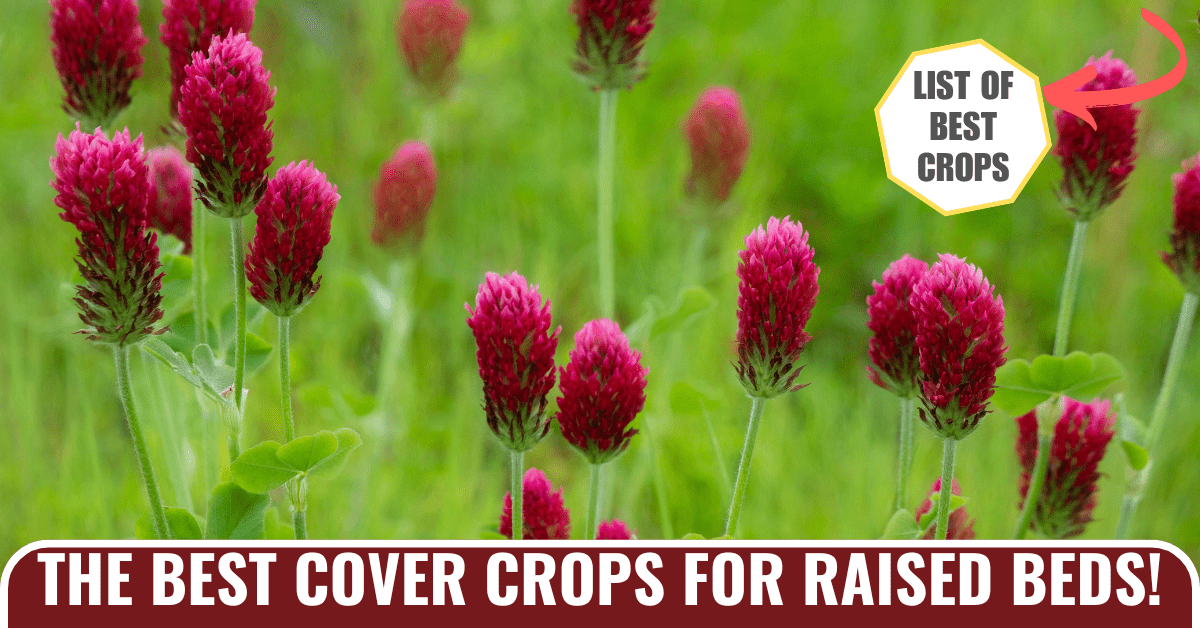
Cover Crops for Raised Beds
Cover crops may seem like a waste of time or space in your garden, but they are actually much more than that.
There are many times when we have nothing to grow in our raised beds. Maybe it’s too cold, maybe you can’t get the harvest out before the season ends, or maybe you just don’t have anything ready.
In any of these cases, cover crops will give your garden the roots it needs to get back up and running.
Today, we will talk about the best cover crops for raised beds, so that you too can benefit from these amazing soil conditioners.
So let’s get right into it!
Products
To buy high-quality garden seeds, check out Burpee.
For a wide selection of perennial garden plants, check out Nature Hills Nursery.
For gardening equipment, check out Bootstrap Farmer
What are Cover Crops?
Basically, cover crops are any plants that are grown for the purposes of covering the soil. In contrast to vegetable crops, they are not grown to harvest food from.
Cover crops would be used in any scenario when you have an empty garden bed and don’t have anything to put in it.
That being said, there are actually many more benefits to cover crops than simply covering the soil.
Why Cover Cropping is Beneficial for Raised Beds
Cover cropping is beneficial for the health of your soil and plants in many ways. Consider the following factors:
- Dynamic Accumulation: Deep-rooted cover crops (known as dynamic accumulators) fetch nutrients from deep within the soil. Most plants are unable to reach into the subsoil, which contains various trace minerals required for optimal plant growth. These cover crops make the nutrients bioavailable to other plants in close proximity.
- Nitrogen-Fixation: Additionally, legume cover crops are primarily grown for the purposes of their nitrogen-fixing abilities. This means that they take nitrogen from the air and convert it to a usable form in the soil for future plants.
- Improved Soil Structure: When cover crops are terminated, the plants break down and provide organic matter for the soil organisms. This will reduce the need to constantly add compost to your raised beds.
- Erosion Control: They hold the soil in place, preventing nutrient loss and maintaining bed structure through harsh weather. Grasses are known for this because they have very fibrous roots, meaning the roots take up lots of space in the top layer of soil. This holds the soil in place, preventing it from being washed away in the rain.
- Weed Suppression: Tall-growing cover crops can help to block sunlight from reaching the surface of the soil. This means that sprouting weed seeds will not have the chance to grow and take over. This will reduce the presence of weeds in your raised beds.
- Pest and Disease Suppression: Certain cover crops deter pests and reduce disease spread, keeping your garden healthy. Some pests, such as aphids, are put off just from the odor of other plants, meaning they will stay far away.
Selecting the Best Cover Crops for Raised Beds
Here is our list of the best cover crops for raised beds to boost the health of your garden. Each variety has its own uses, so we recommend mixing one of each type to get the full range of benefits.
Legumes:
These are the cover crops that fix nitrogen in the soil, meaning you won’t have to fertilize as often. The best legume cover crop varieties are as follows:
- Clover, Red Crimson: A versatile cover crop for nitrogen-fixing.
- Hairy Vetch: A cold-tolerant legume that thrives in winter
- Clover, Yellow Sweet Blossom: Extremely vigorous grower producing tons of nitrogen.
Grasses:
Grasses are great for holding soil together, helping to prevent erosion.
- Fall / Winter Rye: A hardy cover crop that survives cold temperatures.
- Wheat: A fast-growing option that works well in raised beds.
- Barley: Ideal cover crop for winter termination
Broadleaves:
These are the cover crops grown for the accumulation of biomass, which is then incorporated into the soil to increase organic matter concentration.
- Buckwheat: A quick-growing broadleaf for growing in-between seasons.
- Rapeseed (Canola): Popular variety that produce large amounts of organic matter.
Dynamic Accumulators:
These are the plants with deep taproots that will fetch nutrients in the subsoil and make them available for other plants nearby.
- Daikon Radish: Breaks up compacted soil and accumulates trace nutrients.
- Phacelia: A lesser-known variety that has very long taproots.
Most vegetable gardens would benefit from a combination of all of these types of cover crops. For example, choose one legume, one grass, one broadleaf, and one dynamic accumulator. This will give you the full range of benefits from all varieties.
How to Plant Cover Crops in Raised Beds
- Choose the Right Time: Plant cover crops in the fall after harvesting your main crops or in early spring before planting. This is typically when nothing else is growing in the garden, so you won’t be wasting any space.
- Prepare the Soil: Clear out any remaining plants and lightly till the soil to prepare for seeding. This will help the seeds stick to the soil, preventing them from blowing away.
- Sow Seeds Evenly: Mix up all of the cover crop varieties and broadcast the seeds evenly across your raised beds.
- Water Regularly: Keep the soil moist until the seeds germinate and water regularly afterwards.
When is the Right Time to Remove Cover Crops?
It is very important to terminate your cover crop at the right time, or else you might never get rid of it.
What I mean by this is that if you let the plants drop their seeds, they will sprout next year and grow again. This is going to make them very difficult to remove.
Instead, chop down your cover crop right before they have started to flower. This is the exact moment when you will get the most nutrients out of the plant material.
So when you start seeing many flower buds growing, immediately chop the plants at their base. Don’t pull the plants out of the ground, as this will disturb the soil microbiome and harm your garden.
After chopping your cover crop, you’re going to want to cut it into smaller pieces and lay it on the surface of your raised beds. This will act as a natural mulch and provide lots of organic matter for your soil.
If you have a large area filled with cover crops, you can also use a lawn mower to kill them. This works well because it also chops up the plant matter into very small pieces, making it perfect for mulch
There are also varieties that are considered winter-kill. These are cover crops that are planted in the fall and are not hardy enough to survive through the winter. This means that you get all the benefits without having to worry about improper termination.
You can also compost the plant material or even feed it to your backyard chickens! They seem to love certain cover crops.
Discussion Questions
- Have you tried using cover crops in your garden? What differences have you noticed in your soil and plant health?
Please let us know in the comment section below!
Frequently Asked Questions
The best cover crop for your raised beds depends on your needs. You may need nitrogen fixation, biomass, or something else. But generally, I recommend using a mixture of grasses, legumes, broadleaves, and dynamic accumulators.
Absolutely! Cover crops can be used in any size of raised beds to enhance soil quality and boost the health of your garden.
The best time to plant cover crops depends on the specific plant and your climate. Cool-season cover crops are planted in the fall, while warm-season cover crops are planted in late spring or early summer.
No, cover crops are very low-maintenance. The only thing they need is watering until established and termination, which is very simple.
Even More Gardening Ideas
Here are a few more posts to get the ball rolling in your garden!
- The Best Organic Fertilizer for Your Garden
- Best Organic Mulch for the Vegetable Garden
- How to Make Fine Leaf Mold Compost
If you enjoyed this article, make sure to share it with your friends and family members who are also looking to improve their gardening skills. Also, consider signing up for our email newsletter; don’t worry, we won’t spam you, just fresh gardening tips and tricks every week!
If you want to learn more about gardening, foraging, and nature, check out The Real Gardener on LinkedIn, YouTube, and Pinterest.
Pin this post for later:

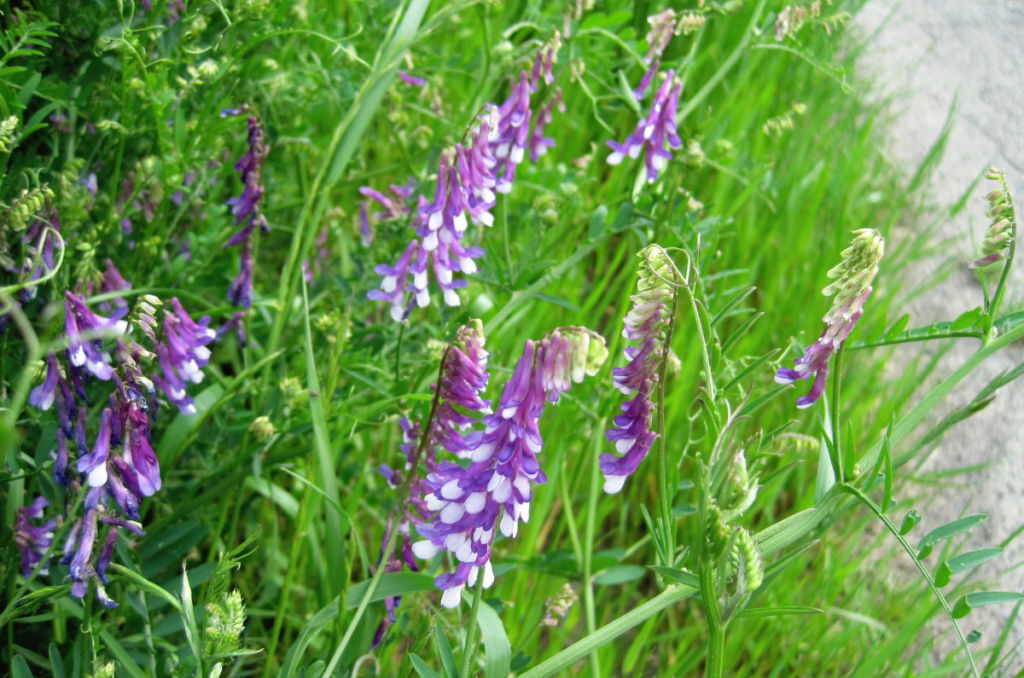
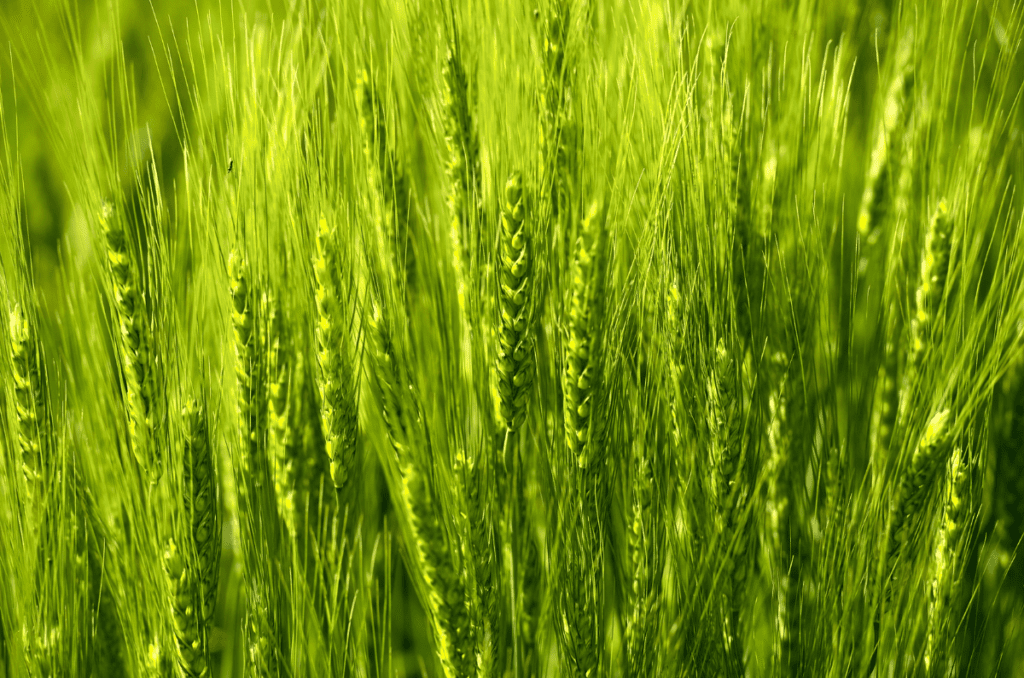
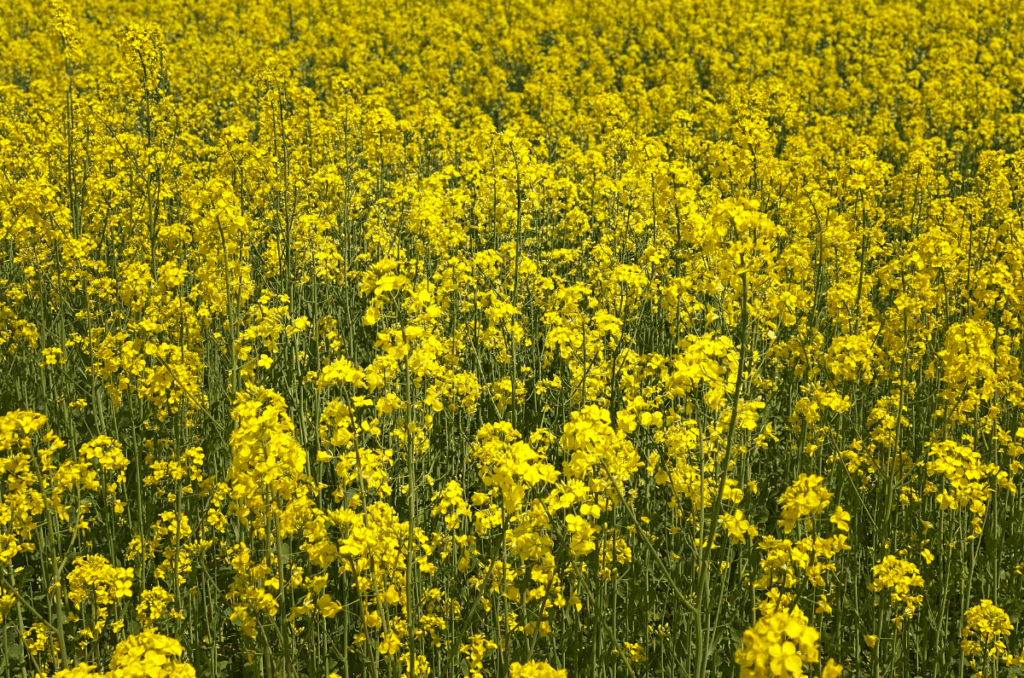
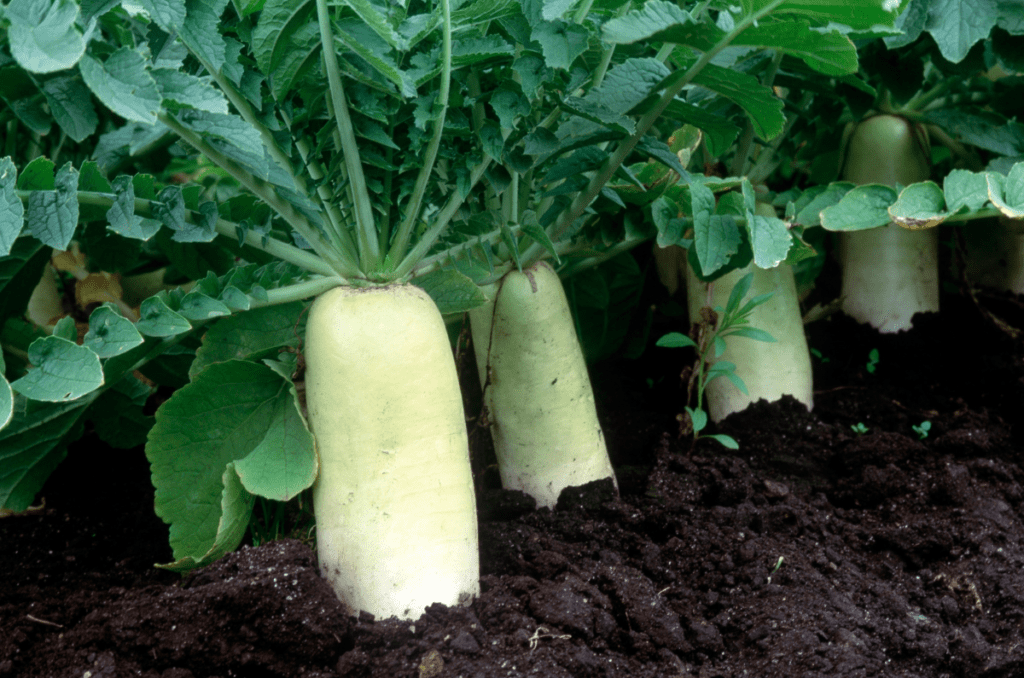
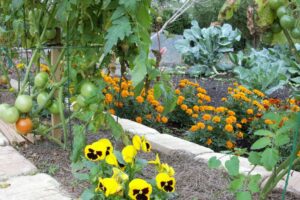
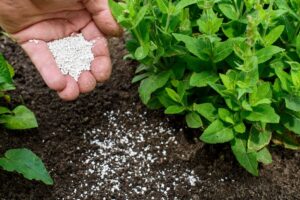

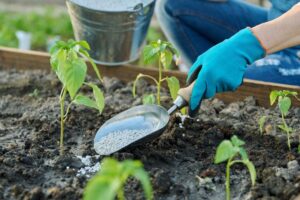
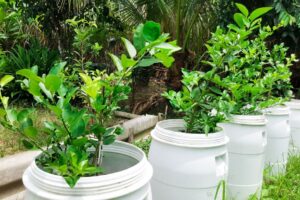

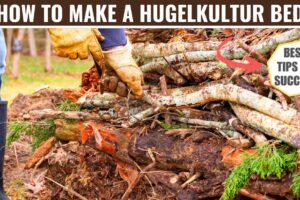

Leave a Reply